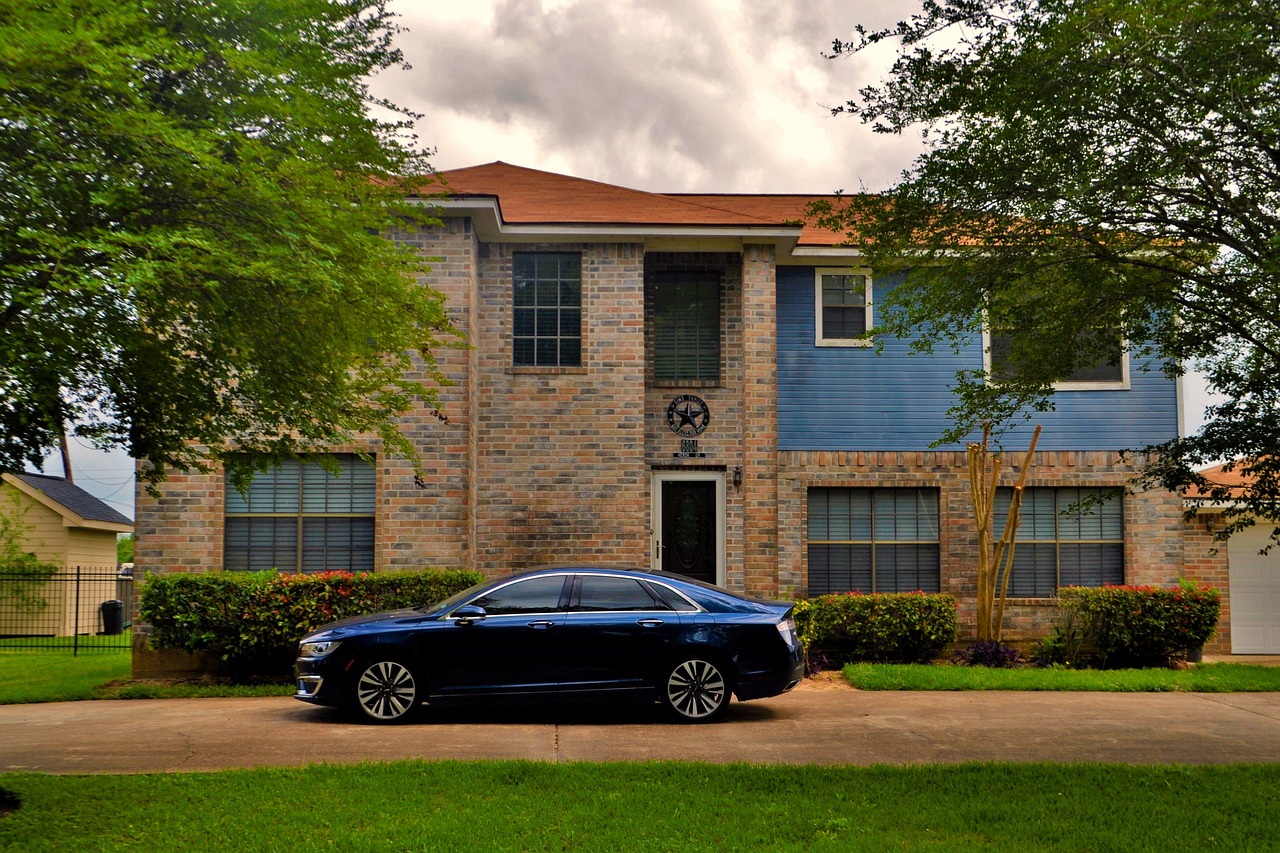As a landlord, you already have plenty on your plate. You need to equip the place you’re renting as well as find the right tenant. Tenant search is not always an easy one, especially considering that you need to do a background check, ensure that the person is responsible and meet with them 101 to make a final decision. Unfortunately, not all potential tenants will pass your initial screening test, which will also take you some time. But, once you find a reliable tenant who’s always on time with rent and bills, and doesn’t cause any problems, what should you do if that tenant suggests subleasing?
What exactly is subleasing?
To put it simply, you, as a landlord who rents a place to the tenant, basically give a lease to the tenant. If you’re offered a subleasing opportunity by your tenant, this means that they want to rent the place they’ve been renting from you to someone else: a third party. This new tenant would pay the rent to your first tenant, and then the first tenant would pay the rent back to you. Essentially, the new person is responsible for all the bills and taking full responsibility for your rental, but also enjoys all the perks of the sublease. But, is this something you’d benefit from?
Pro: temporary sublease still gets you rent
In case your original tenant has to leave the apartment for a short period of time (but still too long for your place to be vacant), they can find a temporary tenant who would then have a temporary sublease. That way, they’d stay in your rental for the amount of time the original tenant is absent, until they get back. Basically, you’ll continue to receive rent without the hassle of finding someone new.

Con: short-term tenants may be problematic
Unfortunately, you don’t really have a way to know what kind of person is this new tenant that should replace the original person while they’re absent. They might be irresponsible and late with paying the rent/bills, or they might make too much noise resulting in neighbourhood complaints. Even worse, they could cause damage to your property.
Pro: you don’t have to do the searching
In case your original tenant has to go away for a while but still wants to keep the place available for when they return, or don’t want to break the lease agreement, they will be the ones responsible for finding the subtenant for your place. In that sense, you won’t have to deal with the search on your own.
Con: you should still learn more about the subtenant
Even though there’s no searching for tenants and posting ads involved, you shouldn’t just let someone who you have never even met sublet your property. As mentioned before, you never know whether this person is reliable and responsible, even if they may be a good friend or colleague to your current tenant. That said, you still need to inquire about the subtenant as much as possible.

Pro: the law can protect you
If you’re really worried about this situation but still want to make the most out of it, you can request your original tenant to create a sublease agreement with the subtenant. This is a generally good practice, especially if you lease house and land packages in Austral and other popular and developing areas. The sublease agreement can deem the original tenant responsible for all misconduct by the subtenant, in case something like that does happen.
Con: original tenant might try something shady
If you’re not really observant and careful with the sublease agreement, or ask for a copy of the agreement form to check and approve it, it’s not unheard of that tenants try to make some money by charging the subtenant 10% more than the original rent.
Subleasing comes with both pros and cons for a landlord, but if you do your best to stay involved and engage the help of the law when necessary, you shouldn’t have to worry about subleasing that much and just enjoy the benefits.
